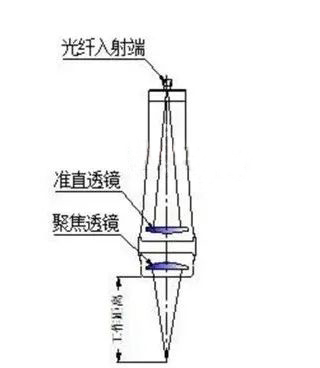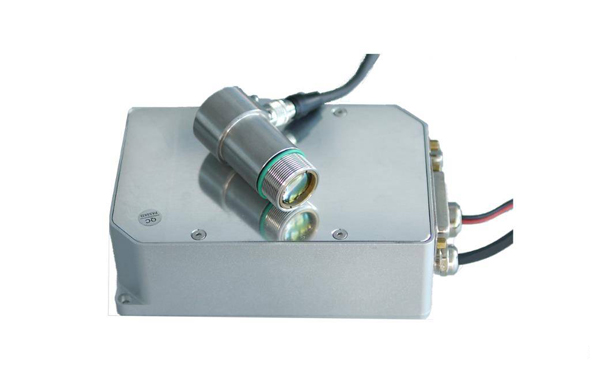The Impact of Laser Soldering Temperature Control on Product Quality
The advancement of optical devices has driven progress across various industries, enabling higher-quality applications such as laser marking, cutting, welding, and rust removal. Looking at the high-end laser components and even complete laser systems launched by major manufacturers, it is evident that beyond conventional applications like marking, cutting, welding, and rust removal, there is also an innovative application method: laser soldering.
The Development of Laser Soldering and Its Challenges
As we all know, laser soldering is a relatively new technology that has only emerged in recent years and remains immature. Most equipment manufacturers adopt methods similar to laser marking or welding—directly applying the laser to the soldering area and controlling the laser power to irradiate the solder pads and material. This approach is typically used in reflow soldering applications where solder paste must be pre-applied.

The Conventional Laser Soldering System Workflow in Earlier Years
Although this method offered the advantages of non-contact processing, temperature control was often unreliable, frequently resulting in damaged products. In the electronics industry, stable temperature control is essential to achieve qualified soldering results. Nevertheless, many electronics manufacturers still opted for this type of laser soldering equipment to replace robotic soldering irons for various reasons.
Laser soldering systems with uncontrolled temperatures not only struggle to ensure consistent soldering quality in mass production but also pose fire hazards.
Therefore, when adopting non-contact laser soldering, companies must consider not only its reliability but also the controllability, safety, and overall performance of the equipment.
While laser technology continues to evolve at a rapid pace, laser soldering equipment suppliers must also invest heavily in R&D to upgrade their technology while better serving electronics manufacturers.
Fortunately, temperature-controlled laser soldering technology has now made significant progress. Many laser equipment manufacturers have recognized the critical role of temperature control in electronic soldering. As a result, companies like SongSheng Optoelectronics have introduced desktop precision laser soldering systems with real-time infrared temperature feedback.
This system is designed for online temperature measurement at laser processing points. By connecting to other laser systems via serial communication, it can continuously output corresponding signals for use in other systems. Additionally, it supports external control via IO signals, executing commands and providing IO signal feedback upon completion.

Features of Songsheng Optoelectronics' Online Infrared Thermometer:
Temperature measurement range: 100°C to 400°C
Minimum measurable target size: 0.25mm
Equipped with short-wave infrared detectors
Fast response time: ≥20μs, with strong anti-interference capability
No cooling required, withstands ambient temperatures up to 65°C
Capable of controlling laser output
Contact: Mr.Xiao
Phone: +86-13385280662
E-mail: market001@whlaser.cn
Add: Room 02, Floor 5, Building 9, Gezhouba Sun City, No. 40, Gaoxin 4th Road, Donghu New Technology Development Zone, Wuhan